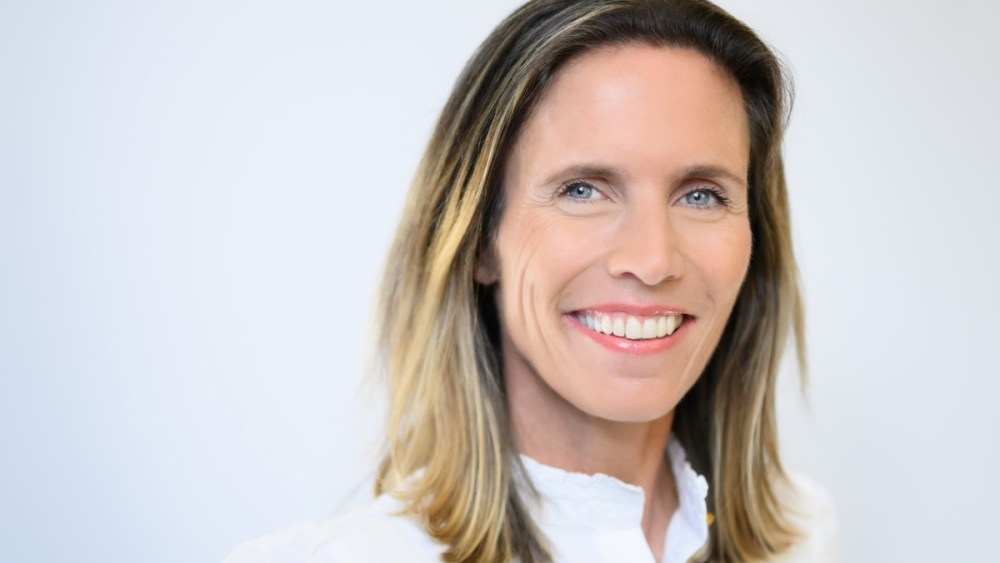LYON, France — Speaking at the International Classic Film Market (MIFC) in Lyon to celebrate YouTube’s 20th anniversary, Justine List, the platform’s head of France and Southern Europe, opened with a bold statement. “YouTube is a traditional film ‘platform’, a place where culture lives on and (…) bridges generations of viewers.”
Addressing industry participants from across Europe in the world’s largest market dedicated to the classic film business, Rist described YouTube as a partner in keeping film history alive. Although she was speaking from the perspective of the French market, her remarks resonated far beyond France’s borders. “In the United States, YouTube has become the most watched video provider on television, surpassing traditional television and other platforms,” she reminded the audience.
Ryst described YouTube as a space where modern viewing habits meet the classics, a kind of afterlife for film and television history where movies find new audiences online.
“On YouTube, movies and shows never disappear; they live on again through clips, restorations, recommendations, and new forms of engagement,” she continued. For Ryst, the ongoing dialogue between generations of viewers is central to the platform’s role in cultural preservation. “We see young audiences discovering the movies their parents loved through thumbnails, remixes, and short clips that take them back to the original work,” she said. She highlighted the growing influence of creators who breathe new life into traditional films and create curated film programming for digitally native audiences.
Ryst was careful to emphasize a distinction that is often misunderstood in public discussion. YouTube “is not a channel, it’s a platform,” she said. We don’t create or edit content; we provide an infrastructure that is governed by algorithms and community guidelines.
“YouTube is regulated by strict rules and we take that responsibility seriously,” she stressed, adding that its hallmark remains personalization. “Show me your YouTube and I’ll tell you who you are,” she said, drawing laughter from the audience.
Ryst highlighted several French educational institutions that have adopted YouTube as a cornerstone of their digital strategy. The first is the country’s vast audiovisual archive, the National Audiovisual Institute (INA), where thousands of hours of content, ranging from classic television to historical interviews, are uploaded and distributed on around 50 themed channels. “INA has developed a multi-format strategy masterclass,” she said. “You can create short vertical clips or longer videos of 10, 20, or even 90 minutes. You can also create podcasts and live streams. There are thousands of excerpts from every subject, uploaded with agility to fit current social topics. This is a case study that brings images from 50 years ago to light again.”
The second one is Arte, a Franco-German cultural channel. The channel has what she praised for its “omnipresence strategy” across more than 30 themed channels on terrestrial television, its website and YouTube, allowing it to reach multiple audiences across a variety of interest areas, from arthouse films to pop culture to science.

Justine List and Thierry Fremaux
Credit: Lise Pedersen
“These examples show that the goal is not to compete with the platforms, but to leverage the platforms to expand their reach,” List said.
Looking to the future, Ryst noted the growing role of artificial intelligence in YouTube’s ecosystem, particularly in areas such as dubbing and translation. She explained how these tools can expand access to French and European works, making it easier to travel across languages and borders.
“These tools are extremely powerful for rights holders to leverage their works as much as possible,” she said. “For rights holders to build a community directly on YouTube, what I call a live asset, is valuable. Then when they go to distributors or represent other films, they can prove that the YouTube community represents thousands or even millions of subscribers and that they have millions of hours of content in their assets. That’s authenticity.”
Her observations are consistent with YouTube’s global strategy highlighted at Mipcom this week, where the platform’s significant presence emphasizes its role in the creator economy and television in general. Industry leaders discussed how YouTube is bridging traditional media and digital content, driving new business models and collaborations with major studios.
Ryst concluded his talk by reflecting on YouTube’s longevity as a technology company and cultural platform. “We’ve been around for 20 years, and we hope to be around for at least another 20 years,” she said.
MIFC, which is being held in parallel with the Lumière Film Festival in Lyon, France, closes on October 17th.

